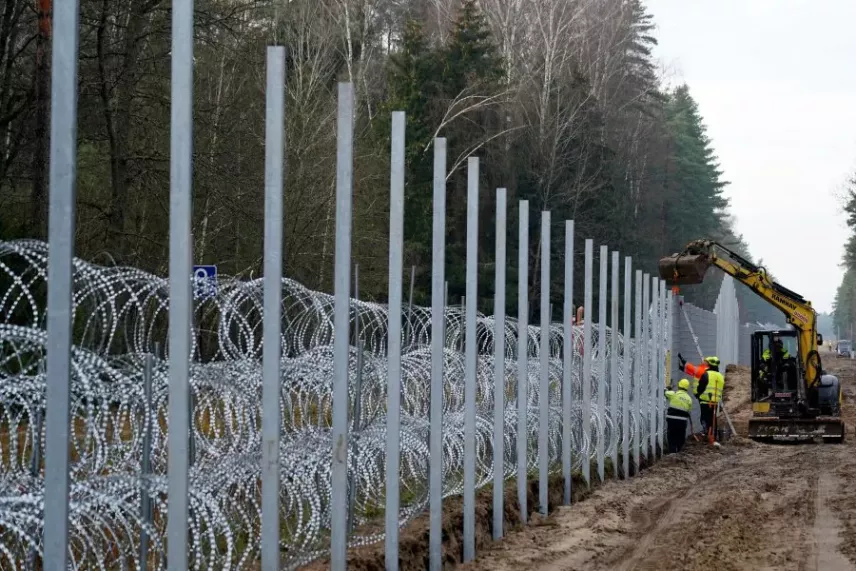
The fence and razor wire built on the border with Belarus and modern video surveillance systems have helped reduce the number of illegal migrants crossing Belarus' border with the European Union. The presence of physical barriers such as a fence and razor wire, combined with colder weather, helped spread the word to potential migrants that it was too difficult to cross the border. The border between Lithuania and Belarus is almost 680 kilometers long, of which about 100 kilometers are lakes and rivers. The rest of the border is fenced with a four-meter-high fence, on top of which Egoza razor wire is installed.
The construction of the fence and the installation of Egoza barbed wire were completed at the end of August. Cross-border attempts by illegal migrants have been on the decline since August, and according to official figures, there have been only a handful of border-crossing attempts this month. However, those who try to cross the border find new ways to do so. Some take ladders with them to climb the fence, some hope to climb over nearby trees, and still others try to cut the razor wire.